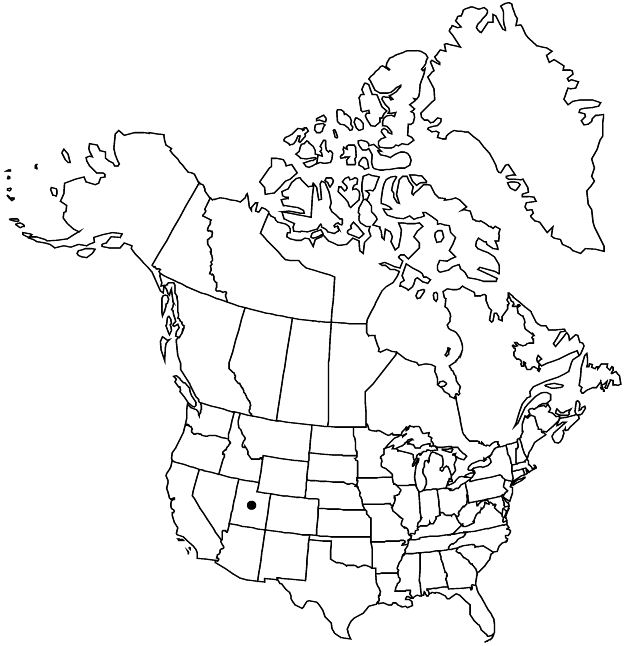Difference between revisions of "Potentilla angelliae"
Brittonia 39: 342, fig. 2. 1987.
FNA>Volume Importer |
imported>Volume Importer |
||
| (One intermediate revision by the same user not shown) | |||
| Line 55: | Line 55: | ||
|publication year=1987 | |publication year=1987 | ||
|special status=Conservation concern;Endemic | |special status=Conservation concern;Endemic | ||
| − | |source xml=https:// | + | |source xml=https://bitbucket.org/aafc-mbb/fna-data-curation/src/2e0870ddd59836b60bcf96646a41e87ea5a5943a/coarse_grained_fna_xml/V9/V9_263.xml |
|subfamily=Rosaceae subfam. Rosoideae | |subfamily=Rosaceae subfam. Rosoideae | ||
|tribe=Rosaceae tribe Potentilleae | |tribe=Rosaceae tribe Potentilleae | ||
Latest revision as of 23:55, 5 November 2020
Stems (0.4–)0.6–1.1 dm, lengths 2–3 times basal leaves. Basal leaves subpinnate, 1 pair of leaflets separate from terminal leaflets, distal leaflets distinct, 1.5–5 cm; petiole 0.5–3(–4) cm, straight hairs abundant, loosely appressed to ascending, 1–2 mm, stiff, cottony hairs absent, glands sparse to abundant; leaflets 5, on distal (1/10–)1/5–1/4 of leaf axis, separate, proximal pair separated from others by 1–3 mm of leaf axis, central leaflets narrowly cuneate to oblanceolate, 0.5–1.5 × 0.3–0.6 cm, petiolules 1 mm, distal 1/4(–1/3) or less of margins incised 1/2 or less to midvein, teeth (0–)1(–2) per side, ± separate, 1 mm, surfaces ± dissimilar, abaxial grayish to white, straight hairs ± abundant, appressed, 1–1.5 mm, ± stiff, cottony hairs abundant to sparse, glands ± sparse or obscured, adaxial greenish, straight hairs abundant, ± appressed, 1–1.5(–2) mm, stiff, cottony hairs absent, glands sparse to abundant. Inflorescences solitary flowers or 2–3-flowered. Pedicels (1–)1.5–3 cm. Flowers: epicalyx bractlets lanceolate-elliptic to ovate, 2–4 × 0.8–1.5 mm; hypanthium 3–5 mm diam.; sepals 3–5(–6) mm, apex ± acute; petals (4–)5–6.5 × 4–5.5 mm; filaments 1.5–2.5 mm, anthers 0.7–1 mm; carpels 10–30, styles 2–2.5 mm. Achenes 1.5–2 mm, smooth to faintly rugose.
Phenology: Flowering summer.
Habitat: Rocky subalpine meadows
Elevation: 3300–3400 m
Discussion
Of conservation concern.
Potentilla angelliae is known only from Boulder Mountain on the Aquarius Plateau in Garfield and Wayne counties. Comparable plants, whose status has yet to be resolved, have been collected in Montezuma County, Colorado. S. L. Welsh et al. (1993) suggested that P. angelliae might best be treated as a variety of P. concinna; the combination of subpalmate leaves, tridentate leaflets, and relatively few-flowered inflorescences extending beyond the leaves makes P. angelliae a well-defined species with no evidence of intergradation.
Selected References
None.
